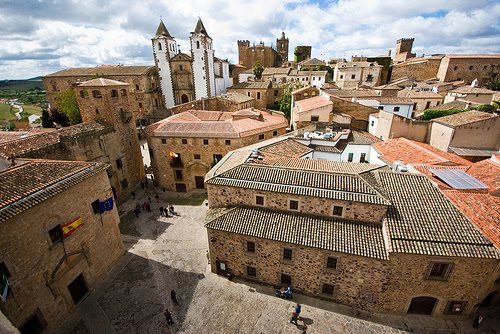The Past, The Present, The Future
Immersed
in a beautiful place of timeless history and multiple cultural influences, it
is easy to feel lost in the wonder of it all. To eat the food, to see the
buildings and monuments, to hear the symphony of music and sounds, to smell the
times and blends of history, to feel the textures of ancient roads and modern
structures is to begin to understand a small portion of the totality that is
Spain. Experiences such as this must be absorbed and pondered in order for them
to become an influence and inspiration in the life of the one who experiences
them.
When I
first decided to come to Spain it was for the benefit of finishing my
requirements and moving on in my chosen career. Little did I understand that
the culture of Spain would seep into my very being and bring about an enduring
change which will influence my life just as the Romans, Moors, Jews, and
Christians influenced Spain. Immersed in the life and surroundings of this
beautiful country is an epoch of extreme magnitude.
On a
personal level the impact is profound, but the bearing my experience will have
on my future students is also tremendous. When teaching writing I will be able
to help them be descriptive because I have experienced the indescribable. When
reading literature I will be able to bring life to the settings because I have
walked the streets of ancient civilizations. When dealing with diversity I will
be able to bridge the gap between one view and another because I have built my
own bridge of understanding.
As in
Spanish history, the past will influence the present and the future as I
continue to grow and meld every experience of my life into a beautiful piece, a
wondrous place of blended culture and history as I face what is to come.















